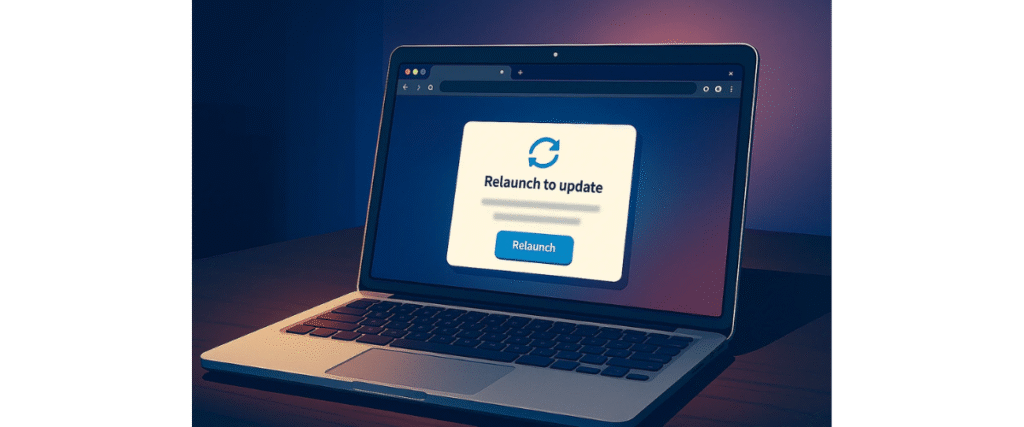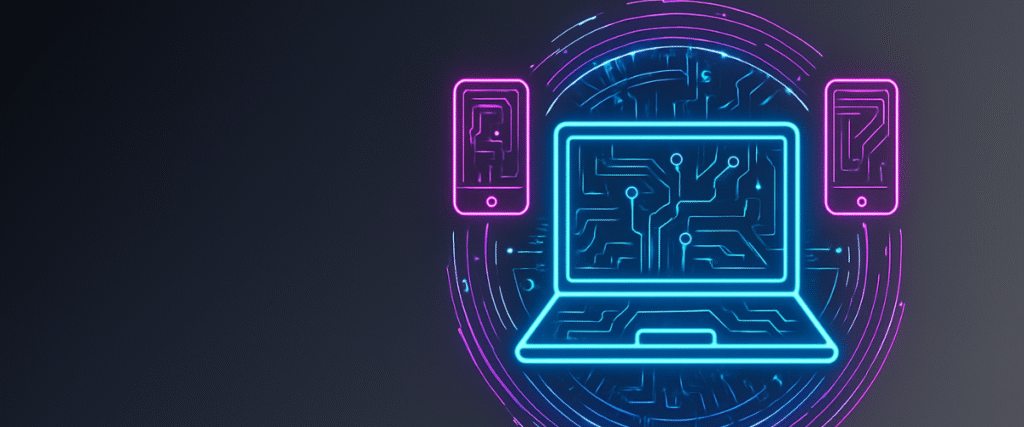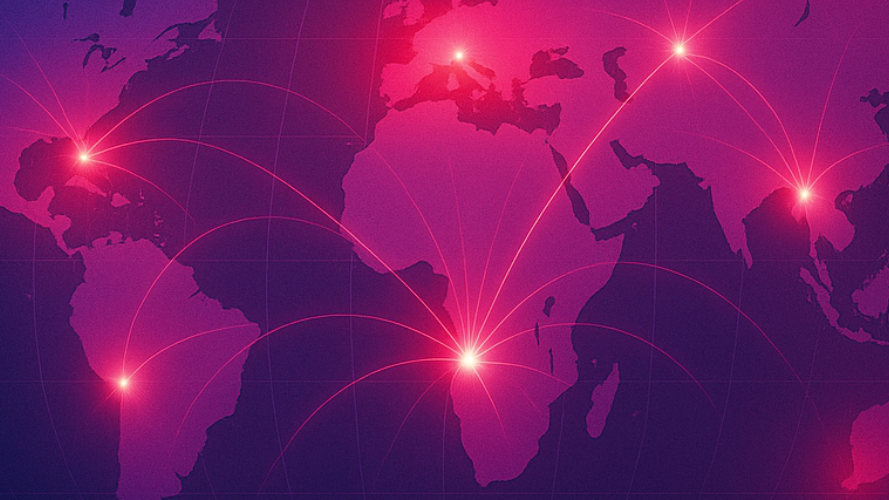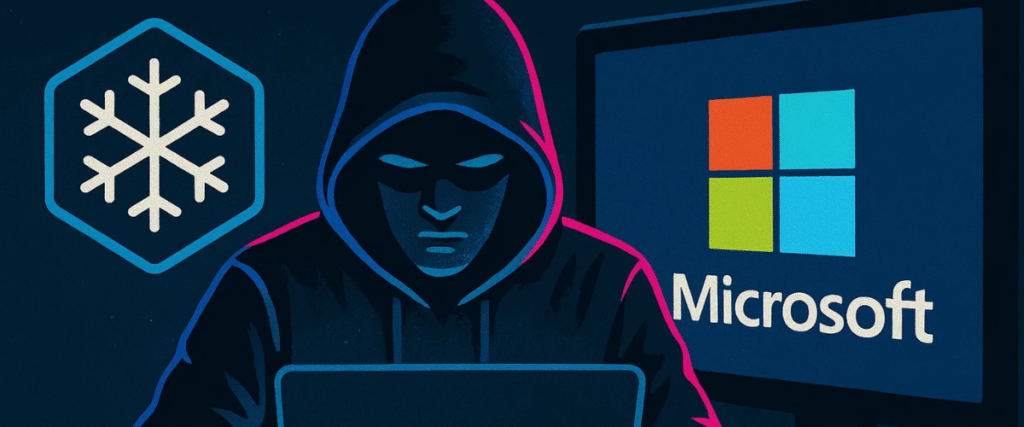
Microsoft Azure Breach 2024: What MSSPs & MSPs Must Learn from the Midnight Blizzard Attack
In January 2024, Microsoft publicly disclosed that it had fallen victim to a sophisticated cyberattack carried out by Midnight Blizzard—a Russian state-sponsored hacking group also known as APT29 or Nobelium. This group is not new to the global cybersecurity stage. It was previously linked to the 2016 Democratic National Committee breach and the 2020 SolarWinds supply chain attack, making it one of the most persistent and resourceful advanced persistent threat (APT) actors in operation. Their latest campaign against Microsoft highlighted the continued vulnerability of major cloud providers and raised serious concerns about how attackers can pivot from corporate environments into customer-facing systems such as Azure and Microsoft 365.
The attackers reportedly used password spraying attacks—a brute-force technique that targets accounts with commonly used passwords. They successfully compromised legacy accounts that were not secured with multifactor authentication (MFA). Once inside, the threat actors gained access to the corporate email systems of senior Microsoft executives, cybersecurity staff, and other employees working on critical projects. The breach was not limited to simple inbox snooping: investigators confirmed that sensitive email content, OAuth application tokens, and authentication details were exfiltrated. This raised alarms that the stolen information could later be leveraged to compromise customer tenants or enable lateral movement into Azure Active Directory (Azure AD) and Microsoft 365 instances.
While Microsoft was quick to clarify that production systems, customer data, and source code repositories were not directly impacted, the nature of the stolen data introduced secondary risks to enterprise and government customers worldwide. In particular, the theft of OAuth application credentials and privileged identity information created opportunities for attackers to register malicious applications in Azure AD, bypass normal security controls, and gain unauthorized access to sensitive systems.
Regulated industries such as healthcare and financial services were highlighted as especially vulnerable. These sectors rely heavily on Azure-hosted services and Office 365 environments for mission-critical operations. For healthcare, unauthorized access could expose protected health information (PHI), leading to HIPAA violations and patient trust issues. For finance, compromised accounts could enable fraudulent transactions, insider impersonation, and severe compliance breaches under frameworks like GLBA and PCI DSS.
For Managed Security Service Providers (MSSPs) and Managed Service Providers (MSPs), the breach was a stark reminder of the shared responsibility model in cloud computing. Even though Microsoft itself was the initial target, downstream exposure meant that MSSPs had to immediately reassess client security posture, hunt for signs of compromise across Azure tenants, enforce MFA policies, and audit OAuth consents. The Midnight Blizzard attack demonstrated that cybercriminals will continue exploiting gaps in identity security, misconfigurations, and unmonitored legacy accounts—putting the burden on providers to deliver proactive, layered defense strategies for their clients.
What Happened in the Microsoft Azure Breach?

Date Detected: January 12, 2024
Actor Identified: Midnight Blizzard, a Russian state-sponsored group.
Attack Vector: Password spraying against legacy, non-MFA protected accounts.
Data Accessed: Corporate email accounts belonging to senior Microsoft executives and security
Risk to Customers: Emails exfiltrated during the breach contained authentication details and OAuth app consents, which could be leveraged to attempt unauthorized access to Azure and Microsoft 365 tenants.
Though Microsoft confirmed that no production systems, customer environments, or source code were breached, CISA warned federal agencies to treat the incident as a significant risk to downstream systems.
Impact on Azure & Cloud Customers
Many small and mid-sized businesses (SMBs) fall into the “set it and forget it” trap—they deploy cybersecurity tools once, check the compliance box, and then assume they’re protected indefinitely. Unfortunately, this mindset creates a dangerous gap between what business owners think is happening and what insurers, regulators, and sophisticated attackers actually expect. Cybersecurity is not a one-time project; it is an ongoing, evolving discipline of monitoring, detection, and response.
Even though the January 2024 breach occurred on Microsoft’s internal corporate systems, Azure and Microsoft 365 customers were not shielded from indirect fallout. The stolen emails and tokens created multiple downstream attack opportunities:
- Supply Chain Implications: For MSSPs and MSPs managing dozens—or even hundreds—of client tenants, the breach highlighted how a single weak link can create cascading exposure. If an attacker weaponizes stolen credentials or OAuth tokens from one tenant, they can exploit trust relationships to leapfrog into others. This risk is particularly severe in industries like healthcare, where one managed service provider might oversee dozens of clinics, or in finance, where interlinked systems manage sensitive transactions.
- OAuth Application Abuse: One of the most concerning outcomes was the exfiltration of OAuth consent information. With this data, attackers could attempt to register malicious applications inside Azure Active Directory (Azure AD). Once registered, these apps can impersonate legitimate tools, request excessive permissions, and silently siphon data without raising user suspicion. For MSSPs, this means routine audits of OAuth applications are no longer optional—they’re essential.
- Credential Reuse Risks: Stolen passwords and identity details discovered in breached emails created a new wave of credential reuse attacks. Attackers know that many users recycle passwords across multiple accounts and services. If even one account shared between Microsoft’s corporate environment and Azure tenants was reused, it could provide attackers with a direct foothold into customer environments. Passwordless authentication, conditional access, and strict credential hygiene policies must become the new baseline.
- Government & Healthcare Targeting: The U.S. Cybersecurity and Infrastructure Security Agency (CISA) quickly issued directives warning that Federal Civilian Executive Branch (FCEB) agencies were at heightened risk, given their reliance on Microsoft 365. Similarly, healthcare organizations faced amplified threats—unauthorized access to patient records could trigger HIPAA violations, lawsuits, and lasting reputational harm. For MSPs serving these verticals, the message was clear: compliance-driven security is not enough; active defense strategies must be deployed.
Why This Matters for MSSPs & MSPs
The Azure breach revealed a blind spot in the shared responsibility model. While Microsoft secures the platform infrastructure, responsibility for identity security, OAuth governance, and tenant configuration ultimately falls on customers and their service providers. SMBs relying on MSSPs must now expect continuous monitoring, proactive configuration reviews, and rapid incident response—not just checkbox compliance.
For service providers, the Midnight Blizzard breach should be treated as a warning shot: if adversaries can compromise Microsoft itself, every downstream tenant is a potential target. The only viable defense is layered security, Zero Trust principles, and constant vigilance.
Timeline of Key Events
Jan 12, 2024 – Microsoft detects unusual activity in corporate email systems.
Jan 19, 2024 – Microsoft confirms breach by Midnight Blizzard.
Jan 25, 2024 – Microsoft issues technical guidance for responders. See here
Mar 2024 – Microsoft files an 8-K disclosure with the SEC detailing the incident.
Apr 2024 – CISA issues Emergency Directive 24-02 requiring U.S. agencies to mitigate risks..
Mid-2024 – Microsoft begins strengthening default Azure AD and M365 security configurations.
Lessons for MSSPs & MSPs
The 2024 Microsoft Azure breach was more than a corporate email compromise; it served as a stress test for MSSPs and MSPs worldwide. Providers who manage cloud identities, endpoints, and compliance for multiple organizations suddenly had to confront the uncomfortable reality that if Microsoft can be breached, so can their clients. This incident provided several critical takeaways that every MSSP and MSP should integrate into their service playbooks going forward.
1. Enforce MFA Across All Tenants
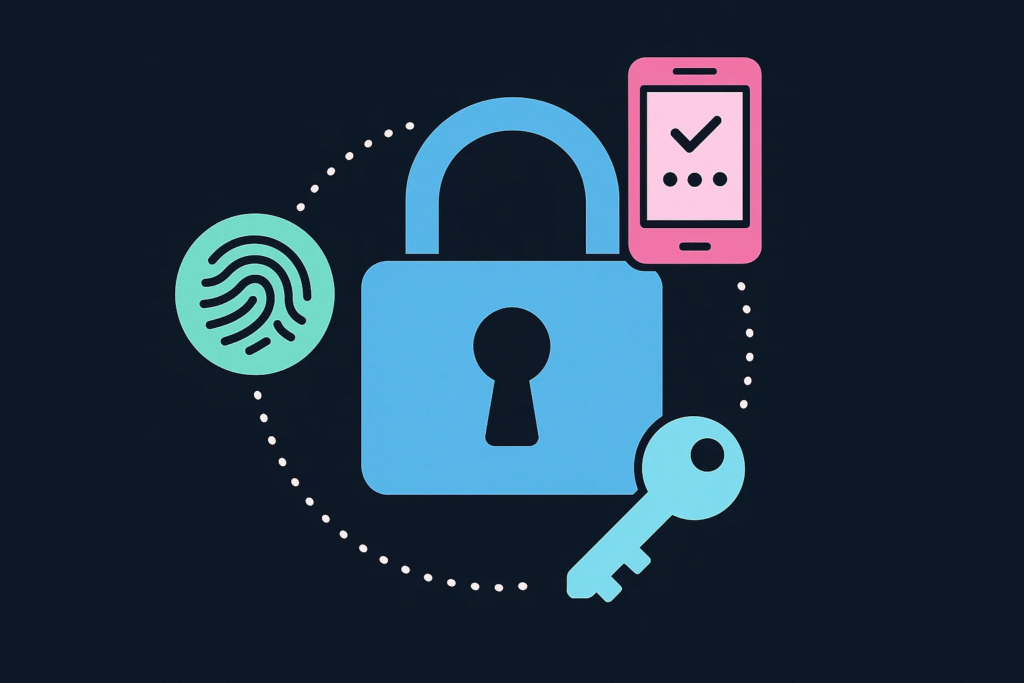
One of the most immediate lessons was the absolute necessity of multifactor authentication (MFA). The attackers exploited legacy accounts without MFA, proving that even one unprotected account can compromise an entire environment. Microsoft responded by moving toward mandatory MFA for Azure Portal sign-ins across all tenants.
For MSSPs, the mandate is clear:
- Zero exemptions: No tenant account, privileged or otherwise, should remain MFA-free. Service providers must run regular audits to confirm compliance across every managed environment.
- Conditional Access enforcement: Simply enabling MFA is not enough. Policies should enforce context-based authentication, requiring additional verification when logins occur from unusual geographies, new devices, or high-risk IP addresses.
- Passwordless adoption: Whenever possible, transition clients toward FIDO2 keys, Windows Hello, or Authenticator apps, which reduce phishing susceptibility compared to SMS or email-based MFA.
This single practice can stop the vast majority of identity-based attacks MSSPs encounter.
2. Audit OAuth Applications
The Midnight Blizzard breach underscored the risks of compromised OAuth consents. Once an attacker tricks users into granting a malicious app access, they can silently exfiltrate data, often without triggering traditional monitoring tools.
For MSSPs:
- Routine reviews: Implement quarterly OAuth audits for every tenant. Review all connected apps, permissions, and the level of access granted.
- Least privilege principle: Encourage clients to only approve apps with the minimum required permissions. Excessively broad OAuth scopes are red flags.
- Automated alerts: Use Microsoft Defender for Cloud Apps (formerly MCAS) or SIEM integrations to flag new OAuth app registrations in real time.
- Third-party vetting: MSSPs should maintain an internal whitelist of trusted SaaS providers and immediately revoke suspicious or redundant applications.
By integrating OAuth audits into managed services, MSSPs can dramatically reduce one of the fastest-growing cloud attack vectors.
3. Protect Legacy Accounts
The breach succeeded largely because of legacy authentication protocols—older services like POP, IMAP, and Exchange Web Services (EWS) that do not support modern authentication. Attackers love these because they bypass conditional access and MFA requirements.
Steps for MSSPs:
- Disable legacy protocols: Unless there is a documented business requirement, legacy authentication should be blocked across all tenants.
- Modernize authentication: Migrate organizations toward OAuth 2.0 and modern protocols to ensure security policies are enforced.
- Educate clients: Many SMBs cling to outdated workflows. MSSPs should proactively explain the risks vs. benefits of disabling these methods and provide secure alternatives.
In short, legacy accounts are low-hanging fruit for attackers—and MSSPs must prune them aggressively.
4. Improve Threat Hunting & Detection
Reactive defense is no longer sufficient. MSSPs must adopt proactive threat hunting, especially in cloud identity systems like Azure AD. Midnight Blizzard was able to remain undetected long enough to exfiltrate data, showing the importance of continuous visibility.
Recommendations:
- Azure AD sign-in logs: Regularly review for unusual geolocations, impossible travel events, or multiple failed login attempts.
- Microsoft Sentinel or third-party SIEM: Centralize logs across all managed tenants for cross-correlation. This enables pattern recognition that may not be visible in a single tenant.
- Behavioral analytics: Deploy tools capable of identifying anomalous user behavior, such as accessing unusual resources or logging in outside normal business hours.
- Purple teaming: MSSPs should conduct joint exercises with client IT teams to simulate identity-based attacks and validate detection capabilities.
This type of proactive monitoring turns MSSPs from passive defenders into active hunters.
5. Client-Facing Communication
Finally, the Azure breach reminded MSSPs and MSPs that technical expertise must be paired with clear communication. Many SMBs and regulated organizations rely on their providers not only for protection, but also for interpretation of events and guidance in plain language.
Best practices:
- Incident response playbooks: MSSPs should establish templated communication workflows for breaches—covering notifications, escalation, and remediation steps.
- Rapid credential resets: Provide clients with pre-approved procedures for emergency password resets and account lockdowns.
- Posture assessments: After major incidents, conduct client-wide reviews to assess whether existing controls would have prevented similar compromises.
- Board-level reporting: Many SMB executives don’t speak “cyber.” Providers should prepare executive-ready summaries highlighting risks, business impacts, and action plans.
Clear communication builds trust, strengthens retention, and positions MSSPs as strategic partners rather than just technical vendors.
Beyond the Basics: A Strategic Takeaway
The Midnight Blizzard incident revealed that identity is the new perimeter. Firewalls, antivirus, and traditional controls cannot protect against compromised accounts and malicious OAuth tokens. For MSSPs and MSPs, the path forward must include:
- Zero Trust adoption across clients
- Continuous improvement of identity governance
- Automation-driven compliance and monitoring
In short, the breach was a call to action: managed service providers must evolve from reactive troubleshooters to proactive defenders and strategic advisors.
How Microsoft Responded
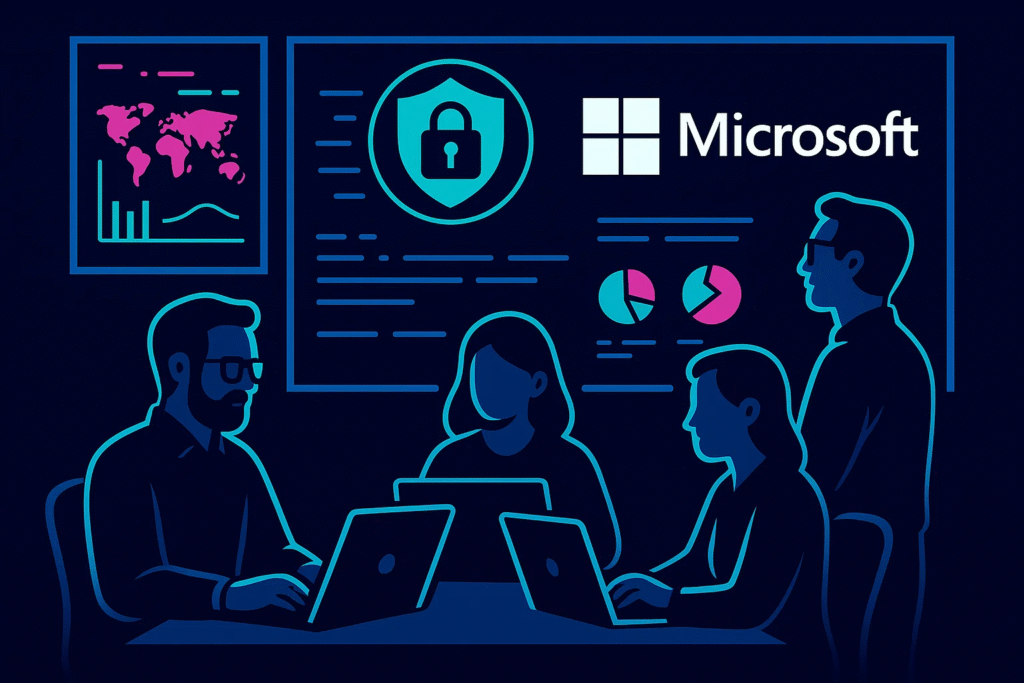
When news of the Midnight Blizzard breach surfaced, Microsoft faced a delicate balancing act: mitigate the immediate risk, reassure global customers, and demonstrate transparency to regulators and industry stakeholders. The tech giant’s response came in phases, beginning with internal containment and expanding into industry-wide security initiatives.
1. Expanded MFA Enforcement
One of Microsoft’s most impactful moves was to expand multifactor authentication (MFA) requirements across Azure and Microsoft 365. While MFA had long been recommended, adoption rates—especially among small and mid-sized businesses—remained uneven. The breach revealed that attackers were still finding unguarded entry points through accounts without MFA. By pushing MFA more aggressively, Microsoft attempted to close this identity gap and signal to customers that “basic cyber hygiene” is no longer optional. For MSSPs, this meant aligning quickly with new mandatory enforcement policies and helping clients adapt to more stringent login requirements.
2. Tightened Default Tenant Configurations
Historically, Microsoft left many tenant-level security settings open or configurable, placing responsibility on administrators to harden environments. After the breach, Microsoft began rolling out tighter default security baselines—such as requiring stronger authentication, restricting legacy protocols, and limiting risky OAuth permissions. This was an acknowledgment that too many organizations, especially SMBs, adopt a “set it and forget it” approach, leaving gaps that attackers can exploit. Stronger defaults mean that even organizations without dedicated IT staff start with a more resilient security posture.
3. Improved OAuth Consent Model Security
Because the Midnight Blizzard attackers exfiltrated OAuth application consent details, Microsoft recognized that this was a structural weakness in Azure Active Directory’s trust model. In response, the company strengthened its OAuth consent framework, introducing additional verification checks, clearer user warnings, and better admin oversight. These changes help reduce the risk of malicious or overprivileged applications gaining a foothold in customer tenants. For MSSPs, the new model created opportunities to integrate regular OAuth audits into service offerings, reinforcing the importance of application governance.
4. Increased Transparency with Regulators
Microsoft also stepped up its transparency efforts, filing an 8-K disclosure with the U.S. Securities and Exchange Commission (SEC) and collaborating closely with the Cybersecurity and Infrastructure Security Agency (CISA). By formally documenting the breach’s scope, Microsoft acknowledged both the financial materiality of the incident and the national security implications. CISA’s Emergency Directive 24-02 was a direct outcome, forcing U.S. federal agencies to mitigate risks tied to the stolen data. This level of government collaboration underscored the seriousness of the attack and placed additional pressure on Microsoft to improve reporting practices.
5. The Criticism: Delayed Disclosure
Despite these corrective measures, Microsoft faced criticism from security experts and customers. The main concern was that disclosure took several weeks after initial detection, leaving organizations unsure whether their Azure or Microsoft 365 tenants were affected. Critics argue that faster disclosure—even with incomplete information—would have enabled MSSPs and security teams to respond earlier, reducing downstream risks. Others suggested that Microsoft’s reliance on customers to configure their own protections highlighted the need for more aggressive default security policies and automatic safeguards.
Conclusion
The 2024 Microsoft Azure breach—while technically a compromise of Microsoft’s corporate email—serves as a wake-up call for every organization relying on cloud services. For MSSPs and MSPs, the breach reinforces the shared responsibility model: while Microsoft secures the platform, providers must secure identities, configurations, and client data.
👉 If your organization needs guidance on strengthening its Azure and Microsoft 365 defenses, request a consultation with FusionCyber today
Featured links:
Microsoft Security Response Center – Official Report
FAQ:
What caused the 2024 Microsoft Azure breach?
The breach was caused by a password spraying attack targeting legacy accounts without multifactor authentication (MFA). Once compromised, attackers accessed Microsoft’s internal corporate email systems and exfiltrated sensitive OAuth and authentication data.
Who was behind the attack on Microsoft Azure?
The breach was attributed to Midnight Blizzard (APT29/Nobelium), a Russian state-sponsored group previously linked to high-profile incidents like the SolarWinds supply chain attack.
Did the Azure breach directly compromise customer environments?
No customer production systems or data were directly accessed. However, stolen credentials and OAuth tokens created indirect risks for Azure and Microsoft 365 tenants, especially in healthcare and finance.
What should MSSPs and MSPs do to prevent similar incidents?
MSSPs and MSPs should enforce MFA across all tenants, audit OAuth applications regularly, disable legacy authentication protocols, adopt proactive threat hunting, and maintain strong client communication strategies.
How did Microsoft respond to the Midnight Blizzard attack?
Microsoft expanded MFA enforcement, tightened default tenant configurations, strengthened the OAuth consent model, and collaborated with regulators like the SEC and CISA. However, critics argued that Microsoft’s delayed disclosure left customers vulnerable.
Our Cybersecurity Guarantee
“At Fusion Cyber Group, we align our interests with yours.“
Unlike many providers who profit from lengthy, expensive breach clean-ups, our goal is simple: stop threats before they start and stand with you if one ever gets through.
That’s why we offer a cybersecurity guarantee: in the very unlikely event that a breach gets through our multi-layered, 24/7 monitored defenses, we will handle all:
threat containment,
incident response,
remediation,
eradication,
and business recovery—at no cost to you.
Ready to strengthen your cybersecurity defenses? Contact us today for your FREE network assessment and take the first step towards safeguarding your business from cyber threats!









